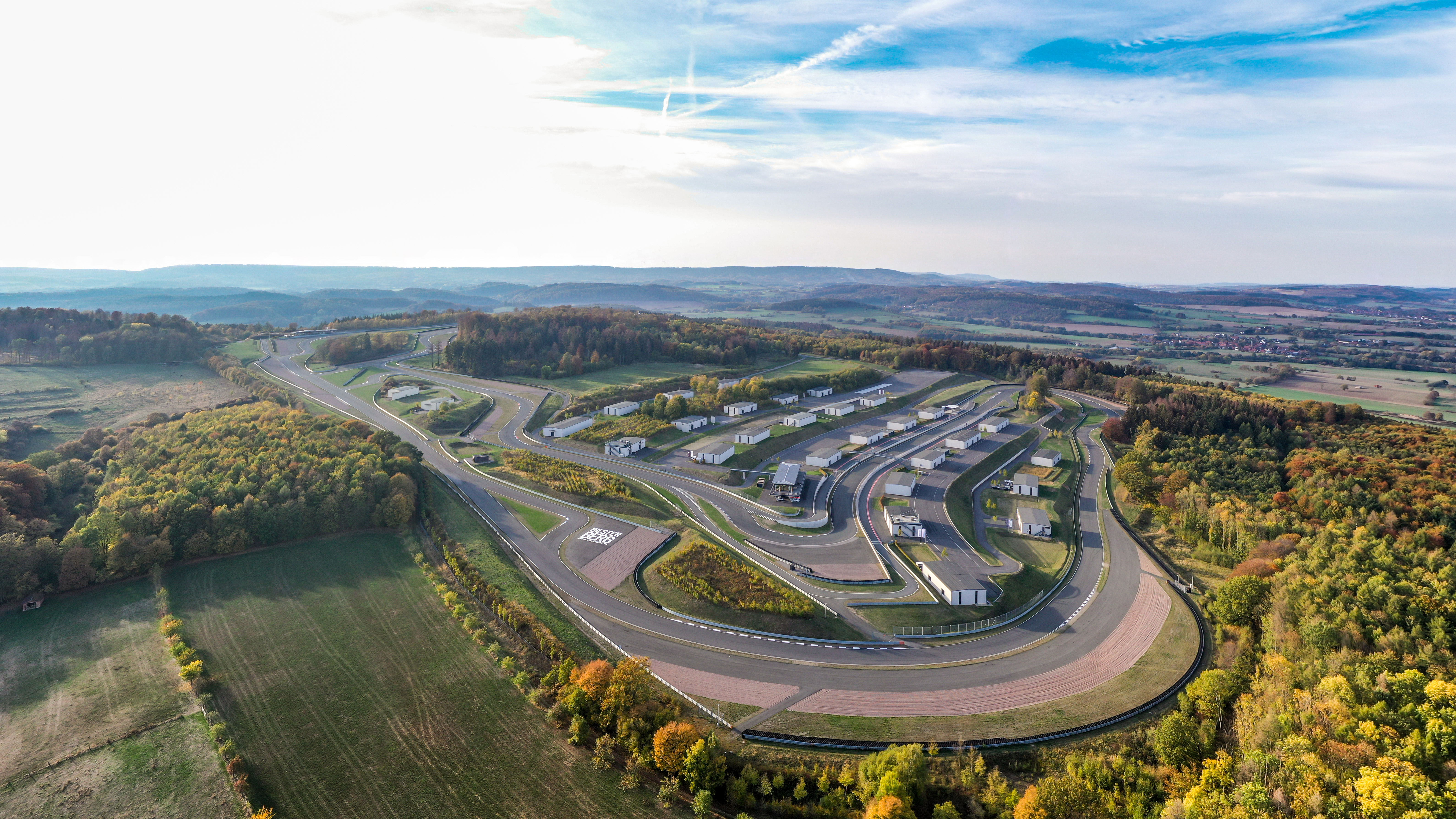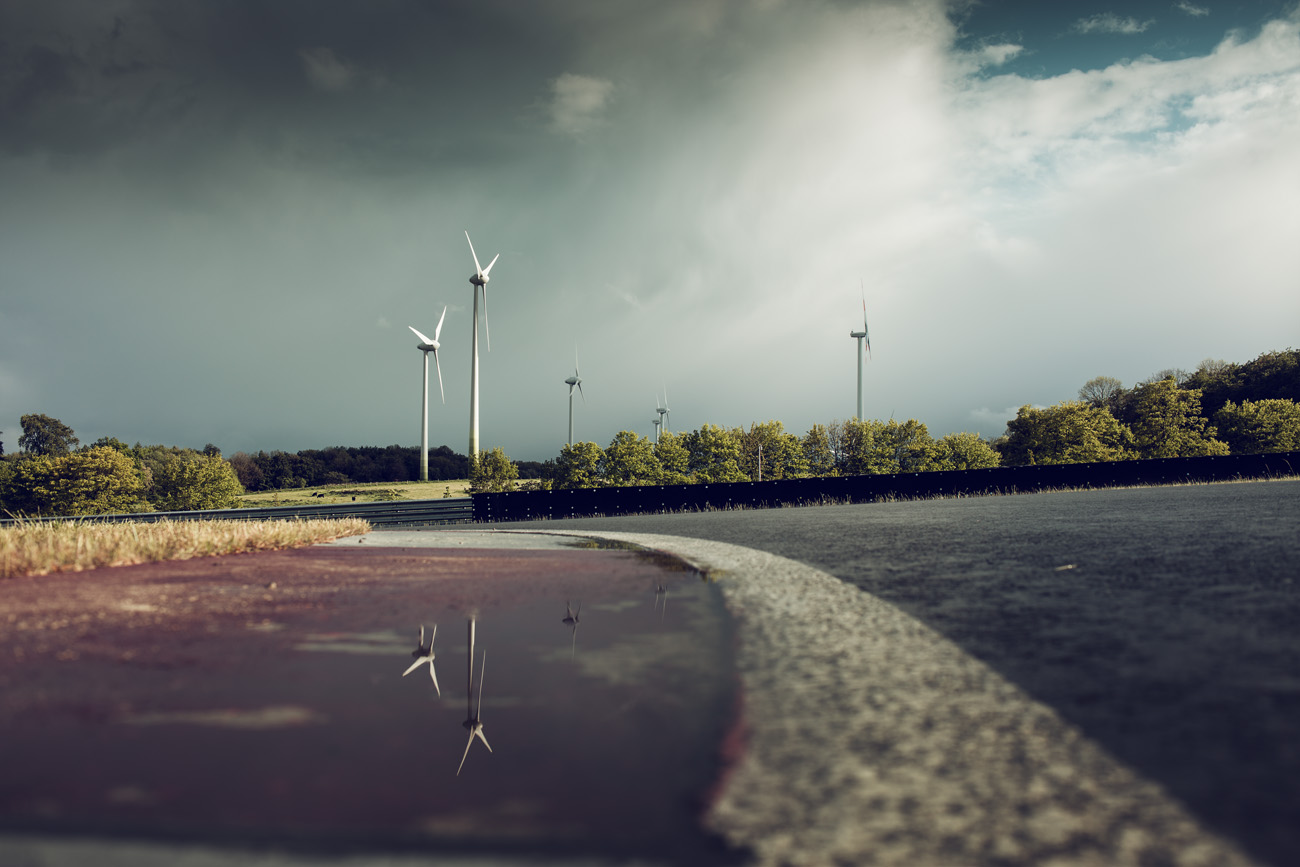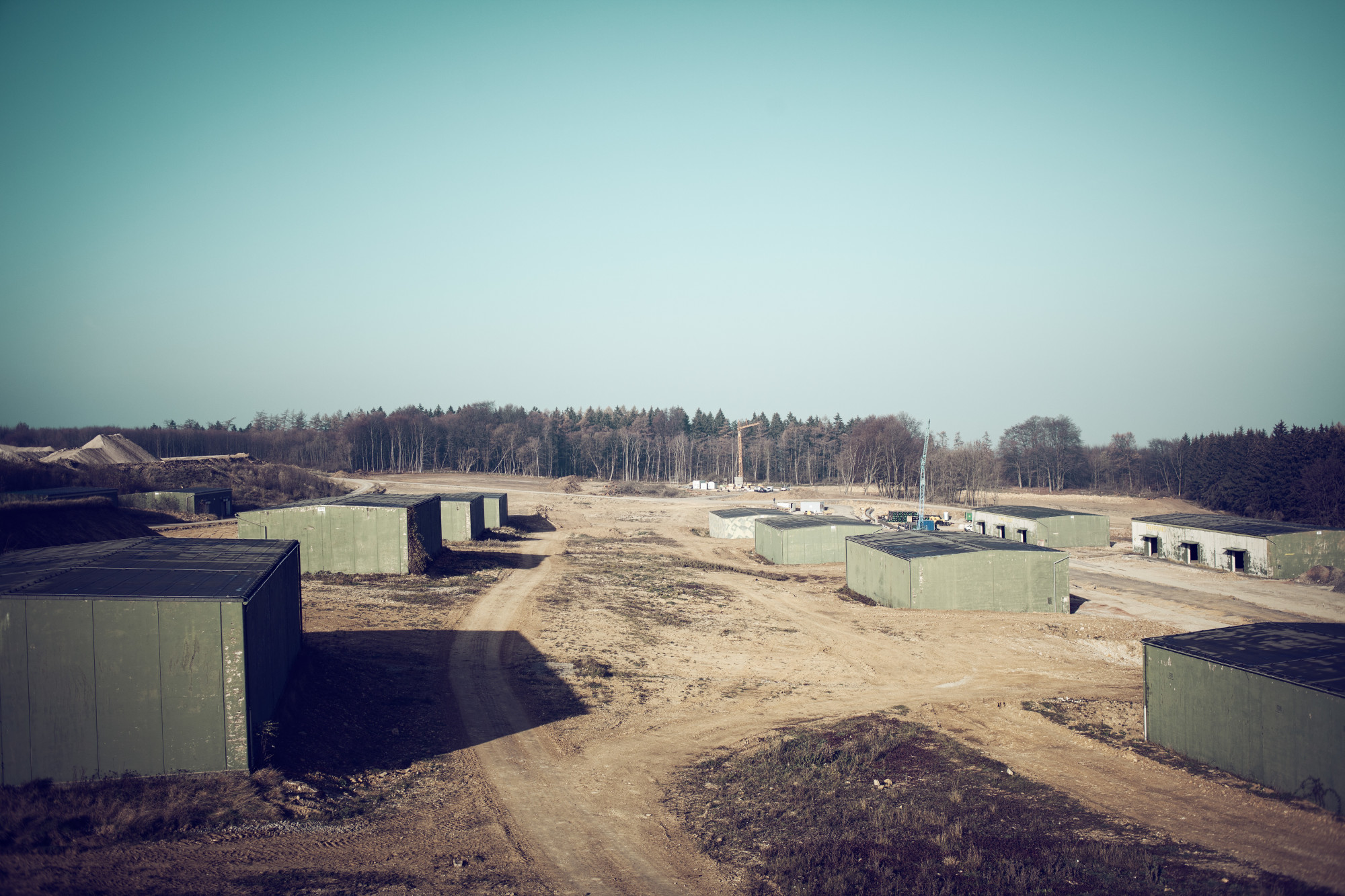
10 Years of BILSTER BERG
2023 is a special year for BILSTER BERG: 10 years ago, on June 1, 2013, BILSTER BERG was officially opened after a planning and approval phase of almost seven years and a construction period of about 20 months. The first new circuit in western Germany in over 80 years. Over the last 10 years, BILSTER BERG has established and developed itself as a test and presentation track in Europe. The medium-sized company continues to focus on sustainable development for the near future, e.g. through photovoltaic systems and the expansion of renewable energies.
“It has not always been easy and BILSTER BERG has had to overcome many hurdles. We have managed to make it known internationally. It is now one of the leading test, event, and presentation tracks in Europe, and it is regularly used for the development of new drive technologies,” says Managing Director Hans-Jürgen von Glasenapp.
Not only a test but also a film track
Today, BILSTER BERG is mostly used by automobile manufacturers for tests and presentations. Thanks to the white label principle, it is also popular for product presentations. “The BERG is even ideal as a film track. It has already been the playground of film and advertising shoots several times, and at the end of March it will even be featured in the new “MANTA MANTA – ZWOTER TEIL, a film featuring very popular German actors. The filming took place here last summer,” explains von Glasenapp.
BILSTER BERG also includes an off-road course, a clubhouse, a dynamic driving area, and a restaurant run by regional restaurateurs Marcus Schuster and Thorsten Federschmid.
“The combination of an absolutely dedicated and service-oriented team, the modern and clear architecture and infrastructure as well as the breathtaking track, embedded in a beautiful scenery, all make BILSTER BERG what it is today,” adds von Glasenapp.

The short-to-medium future: Alternative drive options & regenerative energies
BILSTER BERG is currently closely following the transformation processes happening in the automotive industry and is investing in additional improvements to its infrastructure. New drive technologies are very much at the center of its vision of the future. Whether electric, hydrogen, e-fuels, or fuel cells, BILSTER BERG strives to be prepared as soon as possible. The first charging facilities for electric vehicles have already been implemented and will be increased further in the near future. There will also be a hydrogen filling station at the BERG for which initial preparations are already underway.
From the very beginning, the environmental aspect has always played a major role at BILSTER BERG. Therefore, the venue got connected to a wind farm as early as 2014 to be able to use regenerative energy.
Currently, the implementation of photovoltaic systems with a total output of up to 2.0 megawatts on a number of hall and building roofs is underway. The aim is for these photovoltaic systems to offset or compensate the CO2 emissions generated by events at BILSTER BERG, thereby further promoting local environmental and nature projects.

“Environmental protection has always been an important corporate goal for us. The protection of the environment is an obligation we have towards our customers, business partners, our fellow human beings, and future generations,” explains von Glasenapp. “And with the wide range of compensating activities we plan to implement in the near future, this is absolutely no contradiction to our work as a test and presentation track.”
From vision to reality
The 4.2-kilometer asphalt track was designed and built by Formula 1 architect Hermann Tilke, though it was never conceived as a race track. The idea of building an automobile track on the former ammunition depot came up in 2005 after the NATO Rhine Army left the 86-hectare site in 1993 and it was returned to Germany and the previous owner.

In March 2006, the current managing director Hans-Jürgen von Glasenapp and his team began developing the project. Tilke was skeptical at first, but a visit to the site changed his mind and he drew up an initial track plan. Two-time German rally world champion Walter Röhrl, helped develop a challenging track layout thanks to his vast experience and as a test driver. The steep curve, known today as the “Mausefalle” (mouse trap) with a 26% gradient and 21% incline, was largely the result of Röhrl’s vision.
Over the next few years, more than 180 private investors joined the project. The € 34 million venture could thus entirely be financed without public funds. In August 2011, the construction and operating permit was delivered and the foundation stone was laid on September, 27. Up to 200 workers were employed during the 20-month construction period. The track was completed in April 2013 and officially opened on June 1, 2013.



